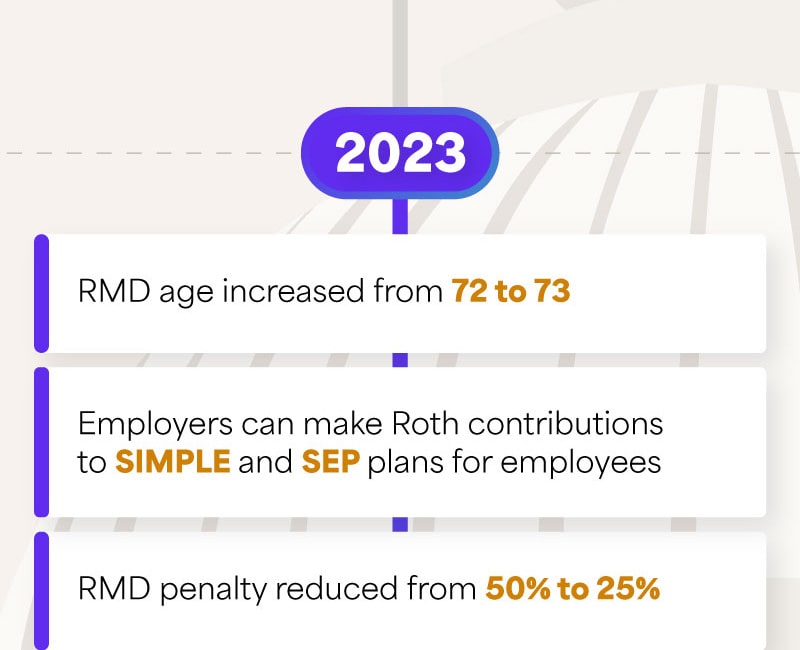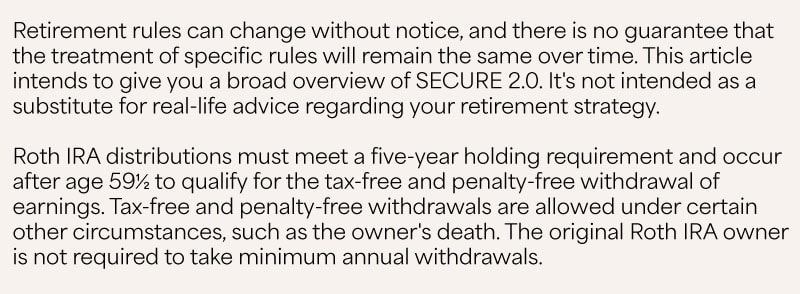Check the background of your financial professional on FINRA's BrokerCheck.
The content is developed from sources believed to be providing accurate information.
The information in this material is not intended as tax or legal advice. Please consult legal or tax professionals
for specific information regarding your individual situation. Some of this material was developed and produced by
FMG Suite to provide information on a topic that may be of interest. FMG Suite is not affiliated with the named
representative, broker - dealer, state - or SEC - registered investment advisory firm. The opinions expressed and
material provided are for general information, and should not be considered a solicitation for the purchase or
sale of any security.
We take protecting your data and privacy very seriously. As of January 1, 2020 the California Consumer Privacy Act (CCPA) suggests the following link as an extra measure to safeguard your data: Do not sell my personal information.
Copyright 2025 FMG Suite.
Securities offered through Level Four Financial, LLC, a registered broker dealer and member of FINRA/SIPC. Advisory services are offered through Level Four Advisory Services, LLC, an SEC-registered investment advisor. Accounts carried by Raymond James & Associates, Inc. Member New York Stock Exchange/SIPC. Neither Level Four Financial, LLC nor Level Four Advisory Services, LLC offer tax or legal advice. Please contact your tax or legal professional for specific information regarding your individual situation.
Level Four Financial Registered Representatives associated with this site may discuss and/or transact securities business only with residents in states where they are registered. Please refer to https://brokercheck.finra.org for additional information.
Privacy Policy
Form ADV Part 2A
Form CRS
Level Four Group, LLC is a division of CRI Capital Group, LLC, a subsidiary of CRI Advisors, LLC. “CRI" is the brand name under which Carr, Riggs & Ingram, L.L.C. (“CPA Firm”) and CRI Advisors, LLC (“Advisors”) and its subsidiary entities provide professional services. CPA Firm and Advisors (and its subsidiary entities) practice as an alternative practice structure in accordance with the AICPA Code of Professional Conduct and applicable law, regulations and professional standards. CPA Firm is a licensed independent CPA firm that provides attest services to its clients, and Advisors and its subsidiary entities provide tax and business consulting services to their clients. Advisors and its subsidiary entities are not licensed CPA firms.







































